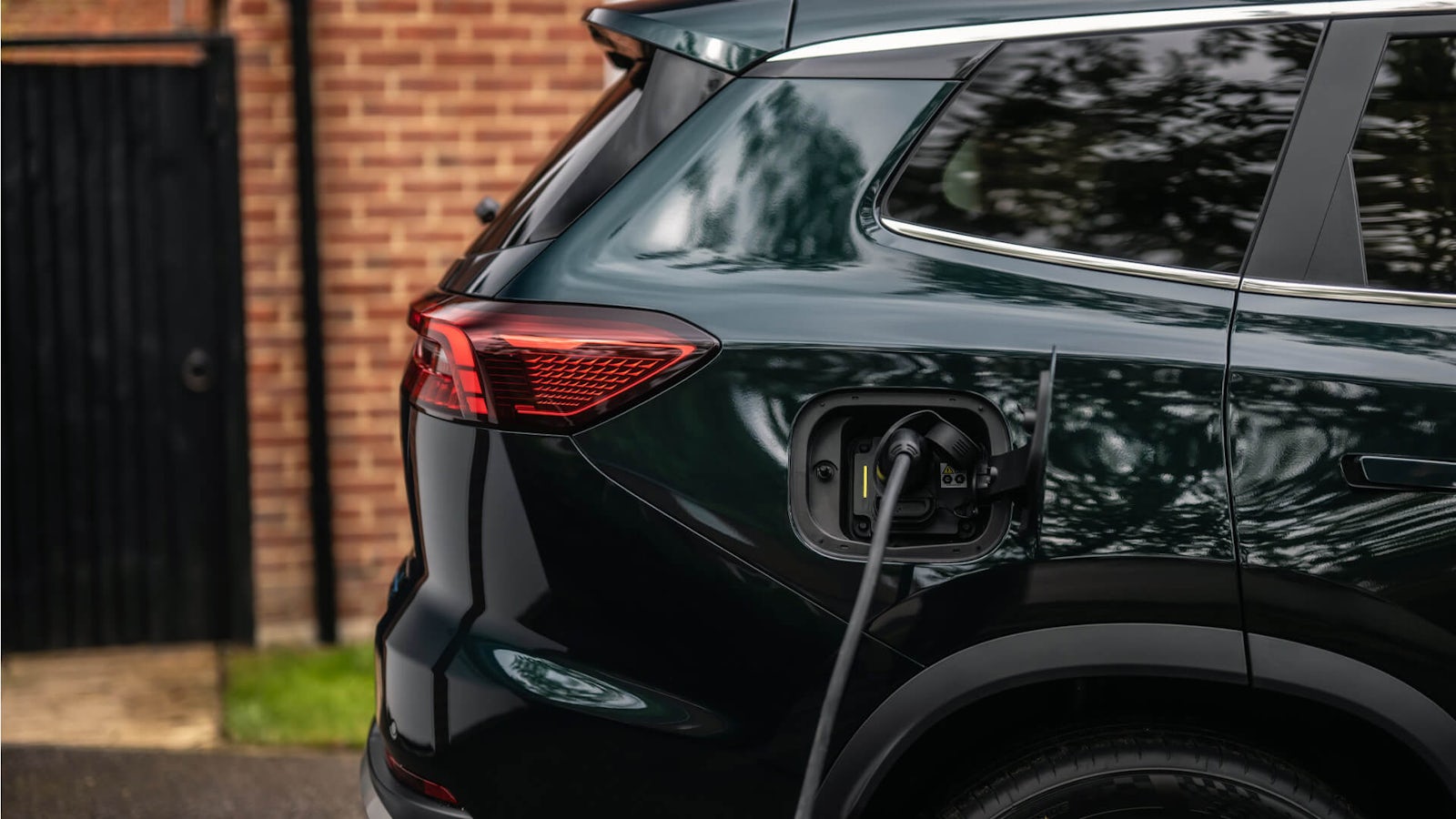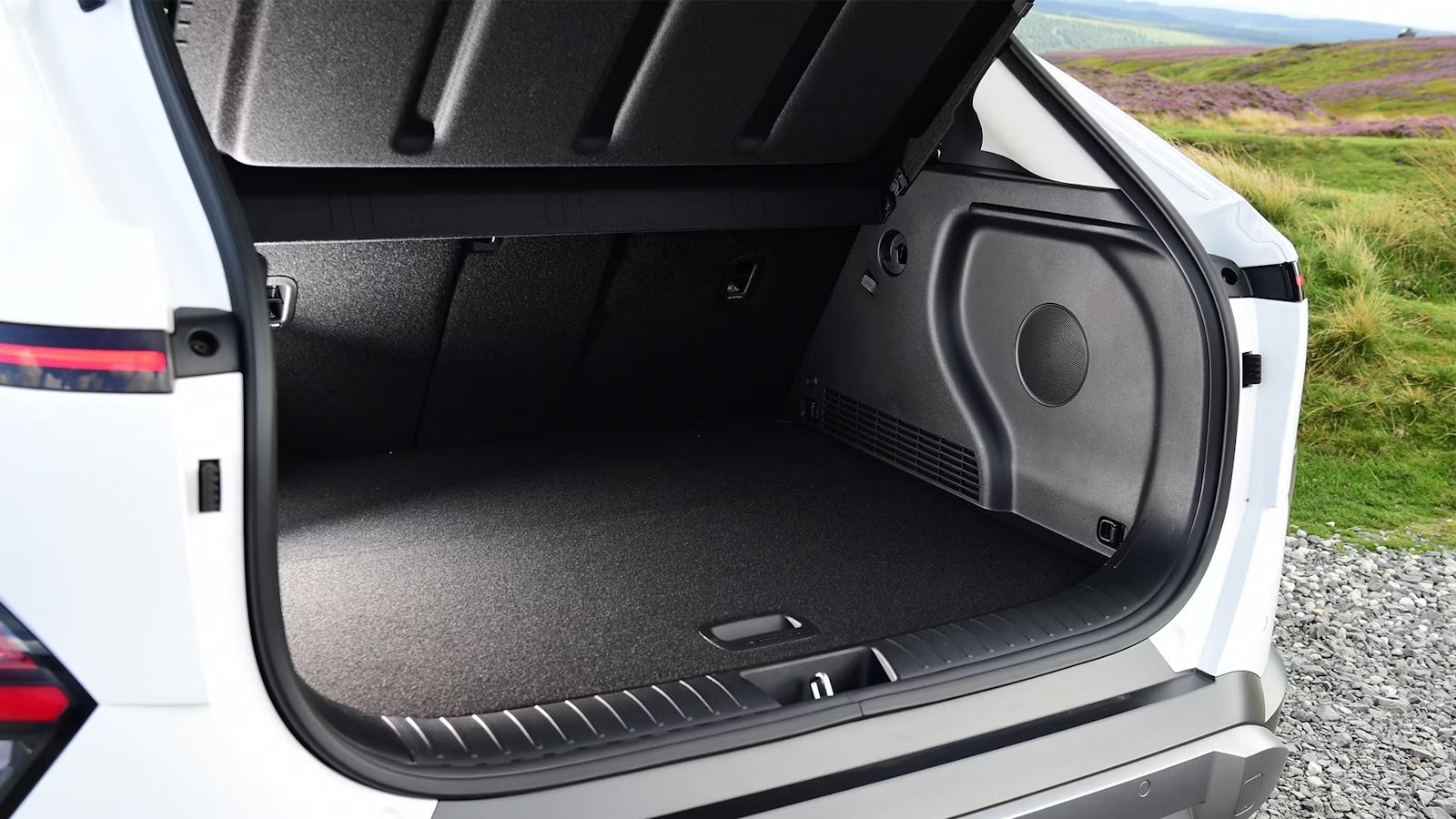The truth about plug-in hybrids: everything you need to know before buying a PHEV
August 05, 2025 by David Motton

Switching to an electric car can be a bit like bungee jumping for the first time – you know it should be fine, but it still seems a bit risky.
Changing from a petrol or diesel to a plug-in hybrid doesn’t need the same leap of faith. You still fill up with fuel from a pump, and you can make long journeys without needing to plan regular stops for recharging, but you can also enjoy silent, zero-emission driving for short distances.
If you’re a company car driver, a PHEV (plug-in hybrid electric vehicle) is not as tax efficient as a fully electric car. Even so, it sits in a much lower tax band than a petrol or diesel.
For a private buyer, the promise of lower fuel bills is a big plus. But will a PHEV deliver in practice?
Carwow is here to sort the fact from the fiction. Warts and all, here are the pros and cons of running a plug-in hybrid.
Remember, you can buy a brand new or used car right here on Carwow. And you can sell your car, too. We’re here to help you through every step of your car-changing journey.
Pros of owning a plug-in hybrid
1. If you charge the battery daily, you can go months without refuelling
It seems too good to be true, but it isn’t. For many drivers, a PHEV acts like an EV most of the time.
The all-electric range of a typical PHEV keeps getting better as the technology improves. The Omoda 9 SHS will go 93 miles on battery power in official tests. Even if the real-world range is a bit less, for most of us that’s still a few days of commuting without recharging.

While the Omoda’s range is greater than most, lots of PHEVs can cover several days of school runs and nipping to the shops without using fossil fuel. The Volkswagen Tiguan plug-in hybrid can go more than 70 miles, while the Range Rover Sport PHEV will go up to 74 miles.
So, drive on battery power, recharge overnight, and repeat. You really may not go anywhere near a petrol station for months.
2. They have very good acceleration
The times when fuel-efficient cars were slow and boring are long gone. Many high-performance cars are plug-in hybrids. Take the BMW M5.

This insanely quick super-saloon has 727hp and will do 0-62mph in 3.5 seconds. Yet it will cover 39-42 miles on electricity, according to the official figures.
It’s not just the most expensive PHEVs that accelerate quickly. You’d be hard-pressed to name a more sensible car than the Toyota RAV4 PHEV, but this respectable and reliable family SUV has 306hp and a 0-62mph sprint of 6.0 seconds.
3. There are loads to choose from
The plug-in hybrid is no longer a niche product. Around 1-in-10 new cars registered so far in 2025 is a PHEV – that’s twice as many as diesels.
As demand goes up, so does choice. While you will struggle to find any plug-in hybrid superminis or city cars, most other types of vehicle are available with plug-in hybrid power. Whether you are shopping for a family hatchback, an adventurous SUV, or a load-hauling estate car, you’ll have a choice of plug-in hybrid models.
4. Some PHEVs support 50kW fast charging
As well as more choice than ever before, the tech is improving. Not long ago, only EVs were compatible with 50kW fast-charging. Now a growing number of plug-in hybrids are capable of using direct current (DC) chargers.

For example, the Volkswagen Golf eHybrid now supports DC charging. As much of the public charging network now uses DC chargers, this makes it much easier to add a few miles of electric range to your PHEV.
Cons of owning a plug-in hybrid
The list of advantages is a long one, but here are some good reasons to think twice before buying a PHEV.
1. They’re inefficient when the battery runs low thanks to the added weight
One is that a PHEV is much less efficient with a low battery. While the clever tech doesn’t allow the battery to run out of charge completely, when the battery is almost depleted the car is dragging around a lot of heavy battery that it isn’t using.

The battery will recharge to some extent using energy recaptured while slowing down and braking, and the engine can act as a generator. So, when the charge is low the car will behave much like a full, non-plug-in hybrid.
However, in these conditions a regular hybrid will be more fuel efficient because the battery isn’t as big and heavy as a PHEV’s.
On long journeys in particular, PHEV owners will notice that fuel economy is much worse than on shorter drives with a healthy charge. If you spend most of your time trekking up and down the country, you might be better off with a diesel car.
2. You really need charging at home to make them worthwhile
Nowhere to install a charger at home? That’s a problem. Recharging at home is far cheaper than using the public network.
Although prices vary, topping up the battery at home could cost as little as 7p per kWh of electricity. Even using a relatively slow AC public charger could cost 50p per kWh. So, if you can’t charge at home you will miss out on the low running costs of a PHEV. If this applies to you, a regular full hybrid is likely to be a better choice.
3. They’re more expensive to buy than traditional petrol or self-charging hybrid cars
There’s a premium to pay for PHEVs. They’re much pricier than petrol cars, and somewhat more expensive than full hybrids. For example, the Renault Rafale plug-in hybrid costs £3000 more than the full hybrid.

Some manufacturers only offer PHEV versions in a high specification, further increasing the price difference between a PHEV and a regular hybrid or petrol.
The tricky part is deciding if the lower running costs will eventually offset the higher purchase price. Private buyers in particular may not reach the tipping point at which a PHEV’s whole-life costs are lower than those of a HEV (hybrid electric vehicle). Lower benefit-in-kind tax rates make the sums more favourable for business drivers.
4. They tend to have a smaller boot thanks to the electrical gubbins under the floor
The electrical components take up a lot of space. Batteries are often squeezed in under the boot, which means losing some luggage capacity.

Car designers are getting better at finding room for all those extra components, not least because many modern cars are designed from day one for plug-in hybrid power rather than being adapted later. However, there’s still a compromise to be made.
For example, a Mercedes E-Class Estate usually has a 615-litre boot. In the plug-in hybrid, that drops to 460 litres.
So, what is the truth about PHEVS?
A plug-in hybrid is a useful step towards running a fully electric car, so long as you can recharge at home. If you can’t, a regular hybrid makes more sense.
Provided you do have a drive or garage, a plug-in hybrid combines exhaust-emissions-free short journeys with hassle-free long trips. For the right type of driver, it’s a win-win.
Car change? Carwow!
Looking for a new set of wheels? With Carwow you can sell your car quickly and for a fair price – as well as find great offers on your next one. Whether you’re looking to buy a car brand new, are after something used or you want to explore car leasing options, Carwow is your one stop shop for new car deals.
Click here to follow us on WhatsApp, where you can keep up-to-date with all the latest news, reviews, advice guides and videos.















